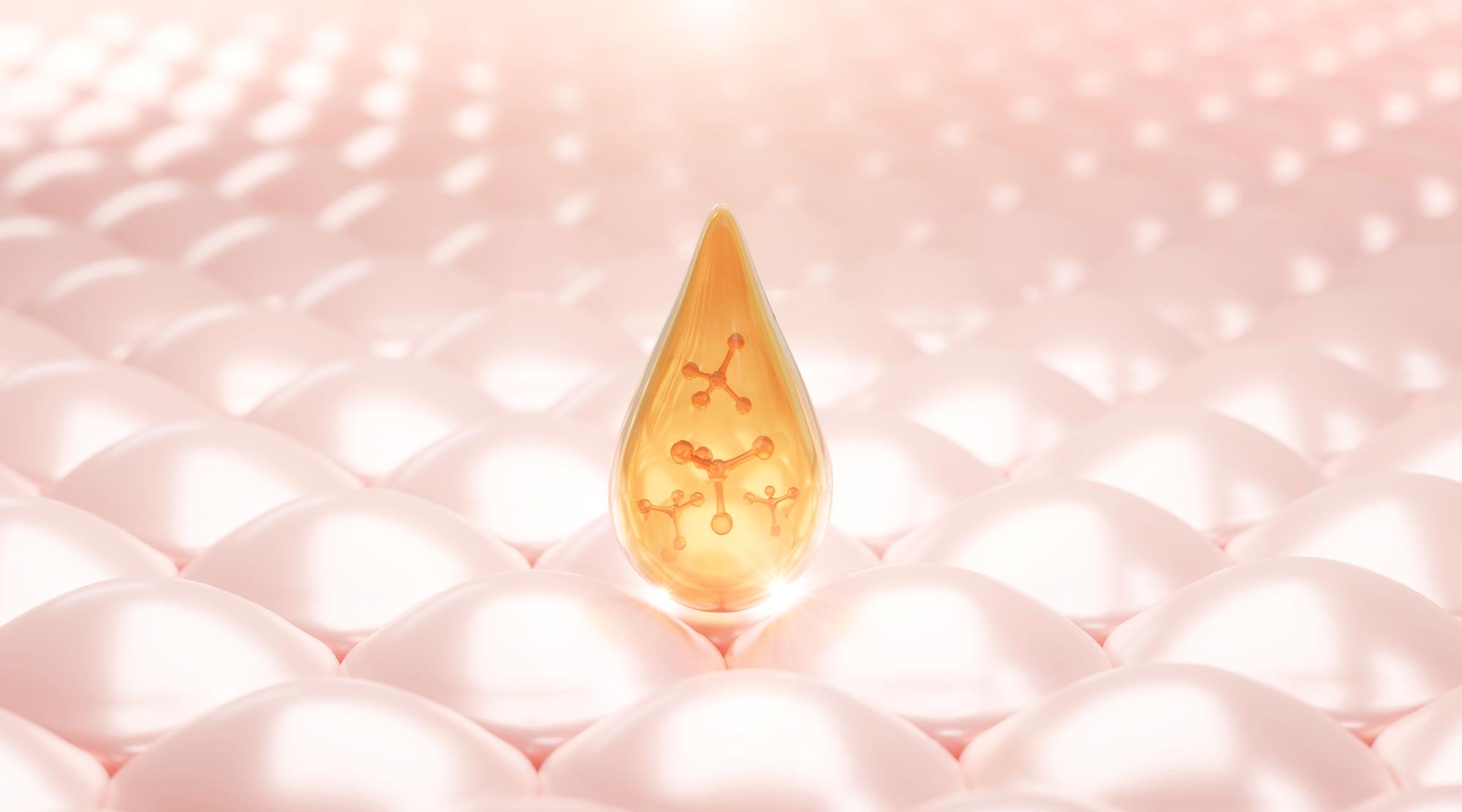Published date 2025.03.29 Updated date 2025.03.29
Stem cell therapy holds great potential for treating arthritis, particularly osteoarthritis
(OA) and rheumatoid arthritis (RA), by promoting tissue repair, reducing inflammation,
and potentially slowing disease progression. Here's how stem cells work in the context of arthritis treatment:
1. Regenerating Cartilage Tissue
Osteoarthritis is a degenerative joint disease where the cartilage that cushions the
joints breaks down over time. Once cartilage is damaged, it doesn't naturally regenerate
effectively, leading to pain and limited joint mobility.
Stem cells (particularly mesenchymal stem cells (MSCs), which can be derived from bone marrow,
adipose tissue, or umbilical cord tissue) have the ability to differentiate into cartilage-forming cells called chondrocytes.
When injected into the affected joint, stem cells can differentiate into chondrocytes and help
regenerate cartilage, potentially slowing or even reversing some of the damage caused by arthritis.
2. Reducing Inflammation
In both osteoarthritis and rheumatoid arthritis, inflammation
plays a significant role in joint damage and pain. In rheumatoid
arthritis (RA), for example, the immune system mistakenly attacks the
synovial tissue (lining of the joints), leading to chronic inflammation
and joint destruction.
Stem cells, especially mesenchymal stem cells (MSCs), have strong
anti-inflammatory properties. They can secrete cytokines and growth
factors that help modulate the immune response, reduce inflammation, and promote tissue healing.
By reducing inflammation, stem cells help alleviate pain, improve joint
function, and potentially slow the progression of the disease.
3. Promoting Healing of the Joint
Beyond cartilage, stem cells can promote healing in other
joint tissues that are damaged by arthritis, including bone,
ligaments, and synovial tissue.
In conditions like rheumatoid arthritis, where the synovial membrane
becomes inflamed and thickened, stem cells can help repair the synovium
and reduce the pain and swelling associated with the disease.
Stem cells can also help in the repair of damaged bone by promoting the
regeneration of bone tissue, improving bone density, and preventing further
bone degradation, especially in severe cases of arthritis that involve bone erosion.
4. Regulating the Immune System (for RA)
In rheumatoid arthritis (RA), the immune system attacks the body's
tissues, especially the joints. The immune response leads to chronic
inflammation, which damages joint structures like cartilage and bone.
Mesenchymal stem cells (MSCs) have the ability to modulate the immune
system by suppressing harmful immune responses. They can influence the
behavior of immune cells such as T-cells and B-cells, which are involved
in the inflammation seen in RA. This helps to reduce autoimmune activity,
lower inflammation, and prevent further joint damage.
5. Reducing Pain
Stem cells can potentially reduce joint pain associated with arthritis
through both their anti-inflammatory effects and their ability to repair tissues.
By promoting tissue regeneration and reducing inflammation in the joint,
stem cells can help alleviate the pain caused by the degeneration of cartilage,
inflammation in the synovial fluid, or damage to the bone.
6. Improving Joint Function and Mobility
As stem cells regenerate cartilage, reduce inflammation,
and promote tissue repair, they can significantly improve joint function and mobility.
For people with arthritis, stem cell therapy could provide
long-lasting relief by improving the structural integrity of
the joint and enhancing its ability to move without pain or stiffness.
7. Different Types of Stem Cells Used in Arthritis Treatment
Mesenchymal Stem Cells (MSCs): These are the most commonly
used stem cells in arthritis therapy. MSCs can differentiate
into cartilage cells, bone cells, and other tissues, and are
sourced from bone marrow, adipose (fat) tissue, or umbilical cord blood.
Adipose-derived Stem Cells (ADSCs): Stem cells derived from fat
tissue can be injected into arthritic joints, where they differentiate
into chondrocytes and help regenerate cartilage.
Induced Pluripotent Stem Cells (iPSCs): These are stem cells derived from
a patient's own cells, reprogrammed to become pluripotent (able to turn
into any type of cell). While iPSCs hold potential for regenerative treatments,
their use in arthritis is still experimental.
8. Stem Cell Therapy Methods
Intra-articular Injection: This involves injecting stem cells
directly into the affected joint. The stem cells then work locally
to regenerate cartilage, reduce inflammation, and promote healing.
Cell Culturing: In some cases, stem cells can be cultured outside the
body (in a lab), expanded to large numbers, and then implanted back into the patient’s joints.
Combination with Other Therapies: Stem cell therapy is sometimes used in
conjunction with other treatments such as platelet-rich plasma (PRP),
which can further stimulate tissue repair and healing.
9. Challenges and Current Status
While stem cell therapy for arthritis is promising, it's still
an area of active research and development. Here are some challenges and considerations:
Long-term Effectiveness: While some patients show positive results from
stem cell treatments, more research is needed to determine the long-term effectiveness
of these therapies in managing arthritis.
Regulation and Standardization: The field is not yet fully regulated, and treatments
vary widely in quality and approach. Clinical trials are crucial to establish standardized protocols and safe practices.
Possible Risks: Although rare, there are potential risks involved with stem cell
therapies, including infection, immune reactions, or tumor formation. More studies are needed to assess these risks fully.
Cost and Accessibility: Stem cell treatments can be expensive, and availability
may vary depending on location and clinical trial participation.
Conclusion:
Stem cells offer a promising avenue for treating arthritis by promoting cartilage regeneration,
reducing inflammation, stimulating joint repair, and improving pain relief. Mesenchymal stem cells,
in particular, are showing promise in reducing the symptoms of osteoarthritis and rheumatoid arthritis.
While stem cell therapy for arthritis is still in the experimental and clinical trial stages,
the potential for long-term relief and tissue regeneration offers hope for those suffering
from debilitating joint diseases. As research progresses, the effectiveness, safety, and standardization
of these treatments are expected to improve, leading to more accessible and reliable options for arthritis patients.
